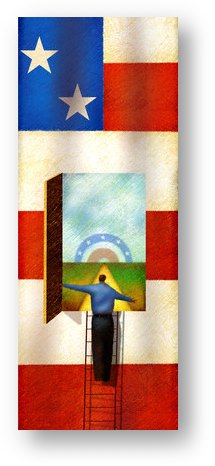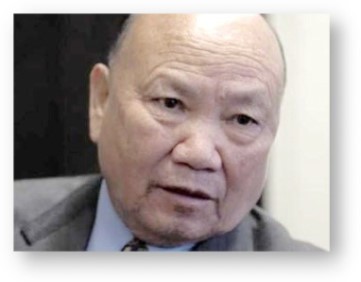This is the second of my three-part list of the best documentaries that focus on immigration and are great choices for showing in high school and college immigration classes. This second part will focus specifically on the issue of unauthorized immigration. We all know that unauthorized immigration has become one of the most controversial, hotly-debated, and emotionally-charged issues in American society today. In that context, these documentaries highlight various sides of the debate and taken together, will hopefully provide a more comprehensive picture of this complicate and often contradictory issue.
Part 1 focused on the historical and global context of immigration and Part 3 will look at socioeconomic attainment, mobility, and assimilation. The following list is organized by topic and corresponds to the chronological order in which I discuss each topic in my “Sociology of Immigration” course. For each topic, I highlight the documentary that I tend to show the most often, followed by other videos that are good choices for that topic as well.

Unauthorized Immigration: The Basics
As the name implies, this section lays out the basic historical, political, and economic foundation and concepts that frame the contemporary nature of unauthorized immigration. I focus much of the discussion on such immigration from Mexico but also stress that much of the unauthorized immigrant population are people who had official permission to enter the U.S., and with that in mind, why we as a society focus such a disproportionate amount of attention on those from Mexico.
- Farmingville: This video chronicles the events surrounding the influx of Mexican day laborers in the town of Farmingville, NY on Long Island. While the video is about 10 years old now, it still provides an excellent overview of the institutional factors that precipitated the arrival of so many day laborers, along with the individual-level tensions and hostilities that eventually resulted in the community.
- Letters from the Other Side
- Crossing Arizona
- Golden Venture
- The 800 Mile Wall
- PBS Frontline: Crimes at the Border
Nativism and Xenophobia
In this section, I describe historical and contemporary examples of how immigrants from various backgrounds and countries have encountered nativism, xenophobia, and racism upon their arrival. At the same time, I also focus on how such hostility and tensions have been magnified in recent years against unauthorized immigrants and the racial/ethnic connotations behind them.
- 9500 Liberty: Produced by acclaimed filmmakers Eric Byler and Annabel Park, this documentary describes how Prince William County, Virginia became ground zero in the national debate over unauthorized immigration several years ago. Specifically and as a preview of Arizona’s SB1070, it describes how newly-elected officials passed a law requiring police officers to question anyone they have “probable cause” to suspect is an undocumented immigrant.
- Lost in Detention (PBS Frontline)
- Walking the Line: Vigilante Immigration Enforcers
- Lest We Forget
- Dream in Doubt
- American Made
Immigration Reform
This section explores the various proposals, programs, and laws that attempt to address the unauthorized immigration issue. I cover the pros and cons of both the “enforcement only” and “comprehensive reform” approaches, as well as examining the variety of costs and benefits that unauthorized immigration have on American society and its economy.
- “Immigration” episode of the reality TV show 30 Days (Season 2): Created by Morgan Spulock (the guy who made Supersize Me in which he only ate McDonalds fast food for 30 days), this particular episode follows the experiences of a conservative Cuban American who participates in the Minuteman vigilante border patrols. He then agrees to live with an unauthorized immigrant family for 30 days and in the process, learns more about the institutional and individual aspects of their lives. An extremely powerful portrayal that should be required viewing in all immigration courses.
- Alienated: Undocumented Immigrant Youth
- The Other Side of Immigration
- Wetback: The Undocumented Documentary
- The 800 Mile Wall
Women, Gender, & Family
This section highlights the immigration process and experiences of women, children, and families specifically. I examine the multi-level issues involved in transnational families where parents are separated from their children and the effects that workplace raids by Immigration Control and Enforcement agents have on unauthorized immigrant families.
- Maid in America: This documentary follows the lives of three Latina domestic workers in the Los Angeles area. Through looking at their daily lives, we see how they balance the satisfaction of earning money for them and their families, versus the emotional toil of being separated from much of their family, including their young children.
- Al Otro Lado/To The Other Side
- In the Shadow of the Raid: Postville, IA
- Which Way Home
- Detained: The New Bedford Raid
- Made in L.A.
- Destination America: A Woman’s Journey




